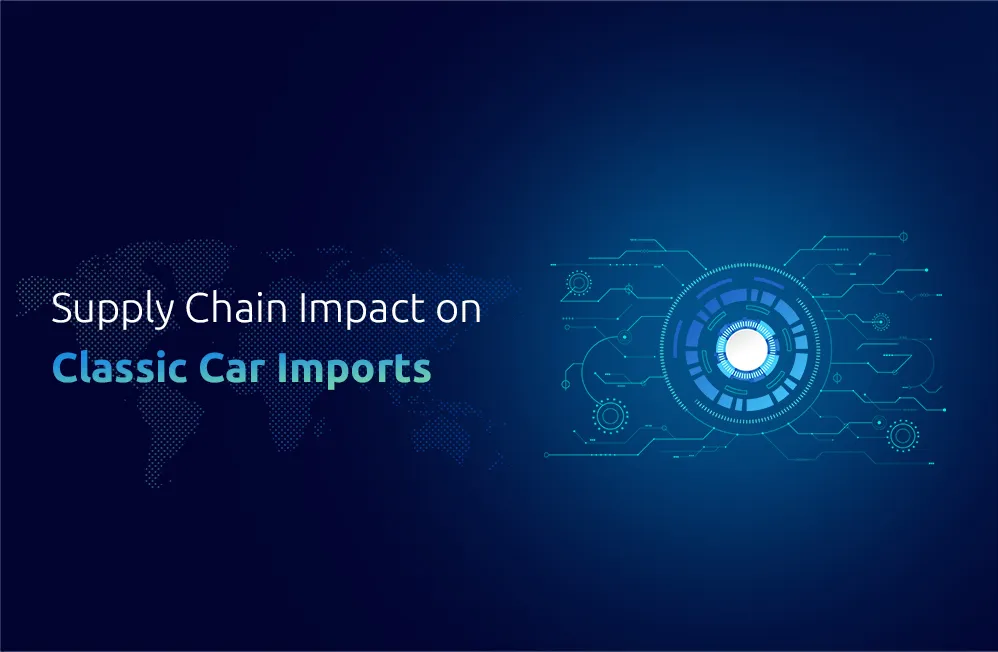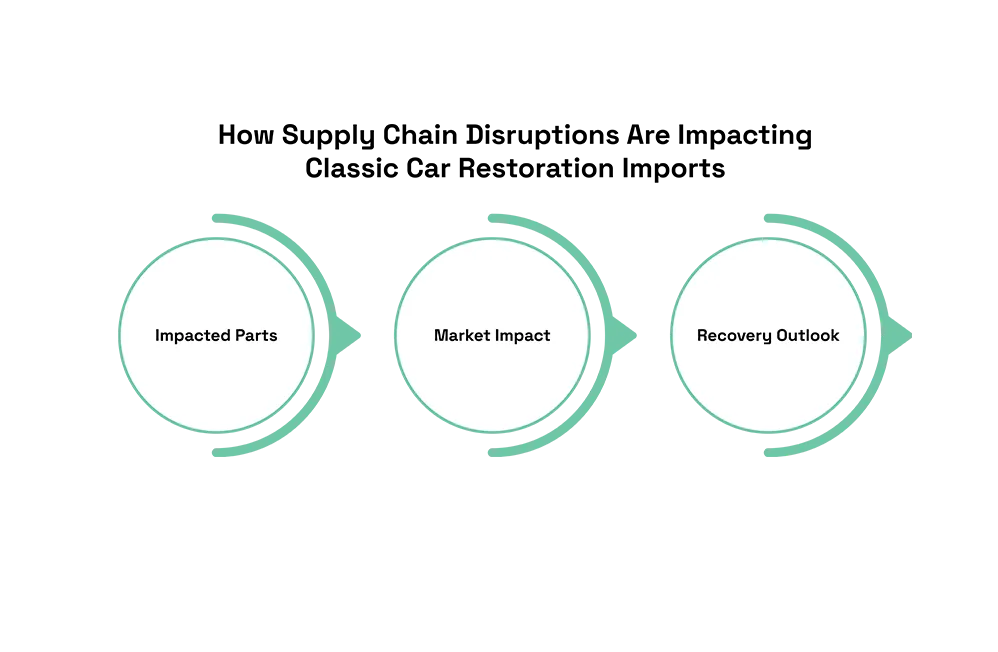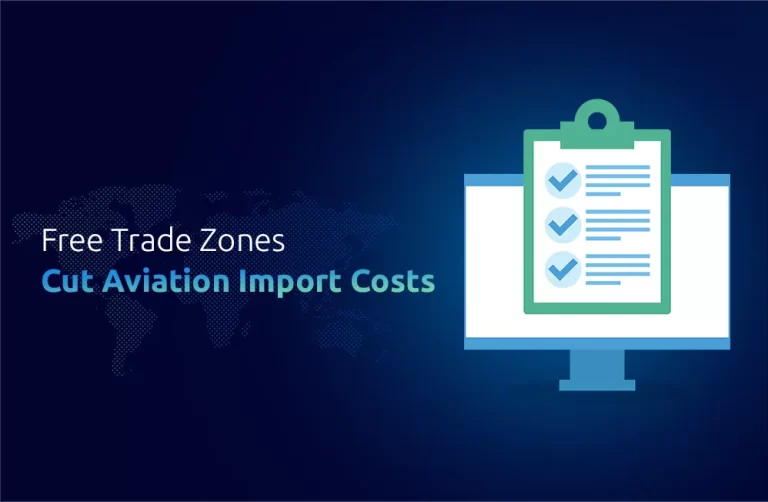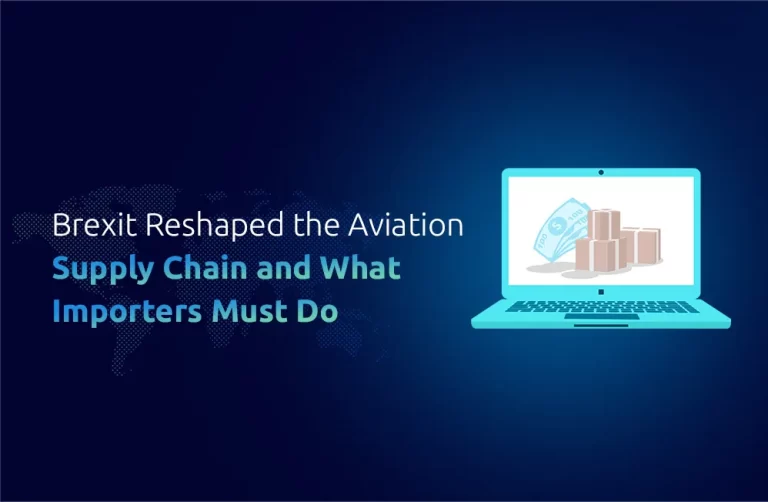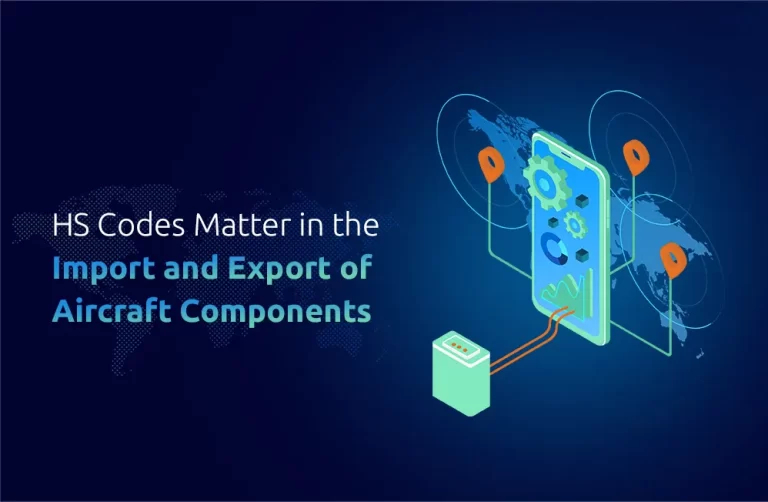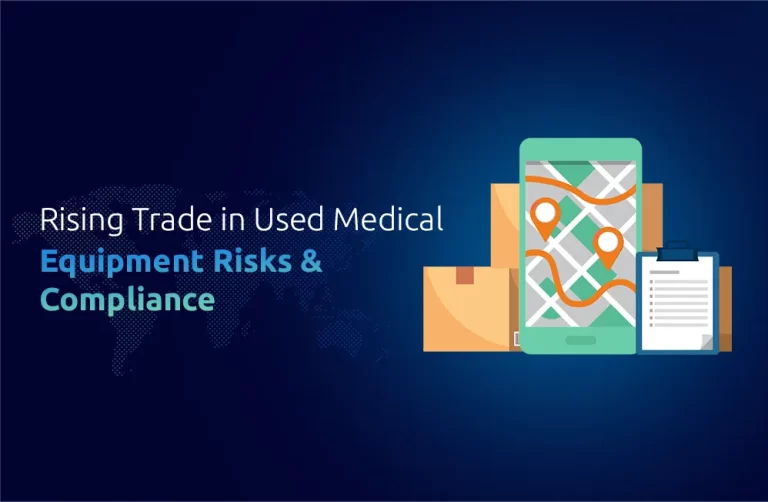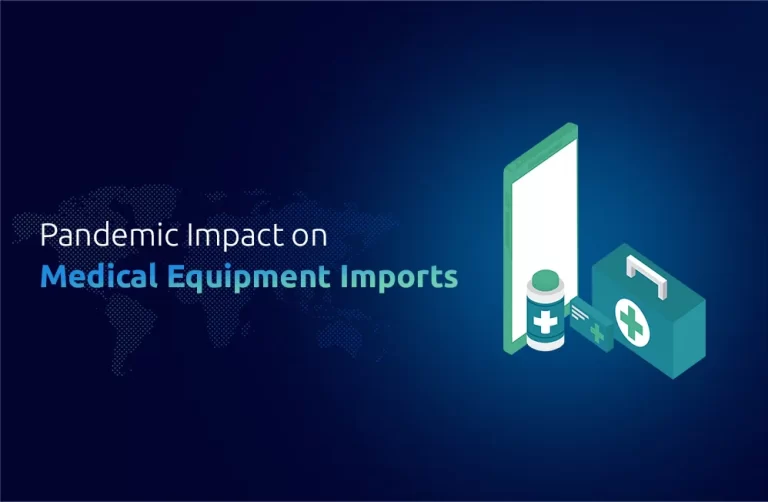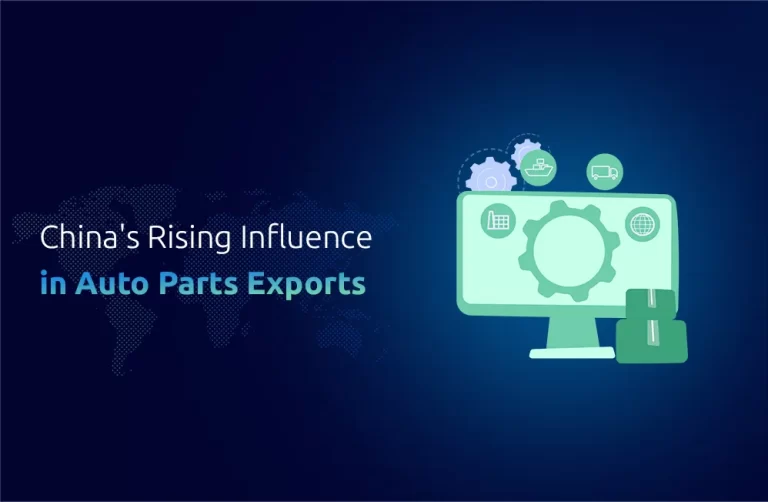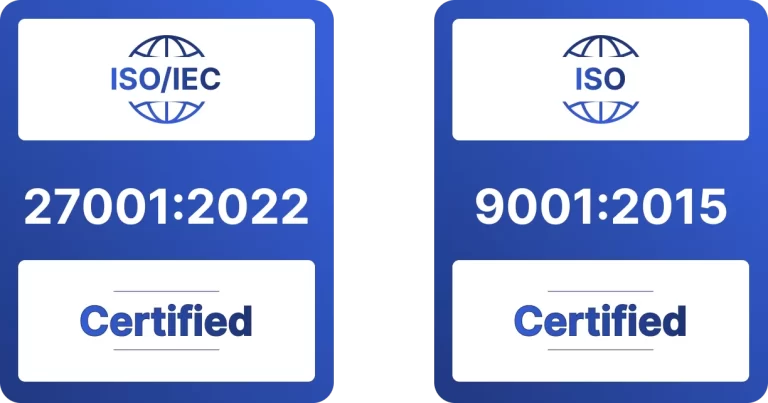Insight
Vehicle restoration of classic cars maintains its position as both a financial enterprise for automotive businesses and a deep-rooted interest for car lovers. Recent interruptions in supply chains have negatively affected the import operations required for classic car restoration work. The restoration process faces uncertainties because supply chain disruptions lead to postponed deliveries alongside increasing expense levels. This blog examines the influence of supply chain disruptions on classic car restoration parts imports alongside the underlying reasons for delays while presenting strategies for enthusiasts and business operations to overcome present obstacles.
Factors Behind the Supply Chain Disruptions
Global Shipping Delays
Shipping worldwide experienced significant setbacks because of the COVID-19 pandemic; ports became congested, worker needs occurred, & shipping options were constrained. Shipments of classic car components, which mainly originate from international suppliers, experience delays as a result. The increase in shipping duration extends from several weeks to months, resulting in sustained delays in restoration projects because essential components become unavailable.
Rising Costs of Raw Materials
The worldwide supply chain challenges are liable for the current scarcity of raw materials, which includes steel, aluminum, & rubber. Classic car manufacturers need these materials to produce fundamental elements, including body panels and engine components; the market pressure from elevated material demands has led to a dramatic price increase, boosting restoration project expenses. Owners of businesses, along with automotive enthusiasts, must now pay more for automotive components that used to be affordable.
Transportation Bottlenecks
The transport infrastructure has caused delays in delivering goods within domestic territories and international boundaries. Supply chain disruptions created both a lack of available transportation containers and a rising demand for scarce transport resources. The restoration of vehicles has slowed down due to elevated costs and delayed delivery of classic car parts, which are mostly imported from international sources.
Limited Production Capacity of Suppliers
Supplier manufacturers working on parts for vintage automobiles face disturbances throughout the supply networks. A shortage of available equipment exists specifically due to factory closures, labor shortages, and diminished manufacturing shifts. Particularly in vintage car restoration projects, suppliers encounter difficulties due to the need for unique & custom-made parts. The shortage of newly built parts has become a significant challenge for classic car restoration businesses because they struggle to find the necessary parts to finish the projects.
Regulatory Challenges
Both import regulations and customs procedures have intensified because of rising international shipping demand alongside heightened security requirements. Restoration businesses and car enthusiasts encounter delays in customs clearance when getting classic car parts that need specific certifications and tailored paperwork. The longer delivery times from these added procedures seriously impact the speed of part delivery, forcing project schedules to become extended.
Adapting to Supply Chain Challenges in Classic Car Restoration
Reaching successful supply chain adaptation for classic car restoration requires business owners to develop strategic plans for minimizing disruptions. Restoration businesses and enthusiasts should examine domestic suppliers as alternatives to decrease dependence on global sources while decreasing delay times. The early purchase of vital components prevents stock unavailability and stops rates from escalating primarily for hard-to-get materials. The lack of OEM parts can be compensated by switching to high-quality aftermarket solutions that enhance market access. The valuable industry knowledge and rare parts available within restoration networks enable their members to access both. Advanced systems for inventory management, together with direct supplier connections, serve to improve operational smoothness during times of supply chain uncertainty.
The Future Outlook
The automotive restoration industry might encounter future obstacles despite recovering global supply chains because multiple supply chain issues remain. The convergence of classic vehicle popularity with interest in electric car restoration will direct the long-term path for classic car restoration imports. Increased innovation, improved supply chain approaches, and enhanced supplier associations will assist the industry in dealing with future challenges despite remaining disruptions.
Conclusion
The classic car restoration industry faces multiple supply chain difficulties that cause delays while driving up prices and making component sourcing more difficult. The undeniable difficulties present challenges that restoration enthusiasts and businesses can handle through specific measures. The classic car restoration industry can handle existing global supply chain problems through adapted sourcing methods backed up by technological investments and community network interaction. The customized solutions offered by One Union Solutions help businesses solve logistics management challenges and part procurement issues within the automotive restoration business.
Did You Know,
The worldwide disruptions in automotive supply chains forced restoration projects to take 20% longer to complete.
FAQs
- What steps do supply chain disruptions take to affect restoration timelines for classic vehicles?
Ans: Customers & businesses experience delayed restoration timelines and increased expenses because of delayed shipments, rising costs, and raw material shortages.
- The supply chain issues primarily damage which specific types of automotive components?
Ans: The most vulnerable parts of supply chain problems are vintage, custom-made, and rare items because production limits exist in their overseas suppliers.
- What steps can restoration businesses take to handle supply chain problems?
Ans: Restoration businesses should find supplementary supply partners while purchasing components beforehand and maintain quality aftermarket parts to manage inventory through technological solutions.
- How do customs and import regulatory policies affect restoration delivery times?
Ans: Customs procedures combined with strict regulations serve as causes of longer shipment delays for parts requiring specific certifications or special treatment.
- Are aftermarket components suitable for replacing original equipment manufacturer parts?
Ans: Good quality aftermarket parts are suitable replacements for original parts but cannot precisely match OEM standards.

